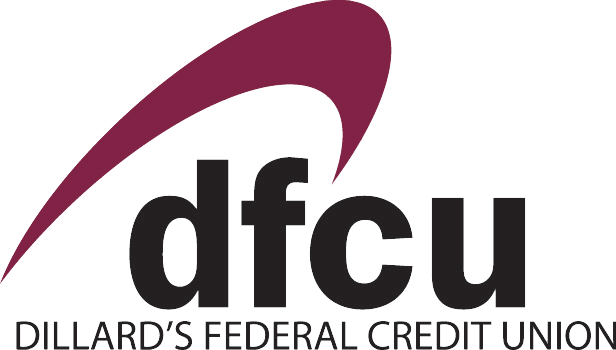The Credit Union Difference
Learn about the great advantages of the CU Difference!
Credit unions are cooperatives, which means that they are democratically controlled and owned by the members. Credit unions are not-for-profit organizations and are run by a board of directors who are all volunteers elected by the members of the credit union. By contrast, banks are for-profit organizations and are controlled and owned by the stockholders. Depending on how many stockholders there are and how much each individual stockholder owns, there would be a possibility of only a few people in control.
Here are some advantages that credit unions tend to have over banks:
Low minimum balances to open an account
Higher interest rates on basic savings accounts, interest-bearing checking accounts, and CDs, which, in turn, yield higher dividends depending on if the credit union has a good year
No, or low-fee checking accounts and ATMs. (Surcharge-free ATM and no or low fees for opening and maintaining checking accounts)
Lower interest rates on credit cards and loans. (Current interest rate for the Dillard’s Federal Credit Union Mastercard is anywhere between 6.69% to 13.69% based on your credit)
Credit union accounts are insured by the government to at least $250,000.00 by the National Credit Union Share Insurance Fund
Competitive Mortgage Rates and Equity Loans
Once a Member, Always a Member—family members can join too
Credit unions are run by the members, for the members. In a sense, it is people helping people


